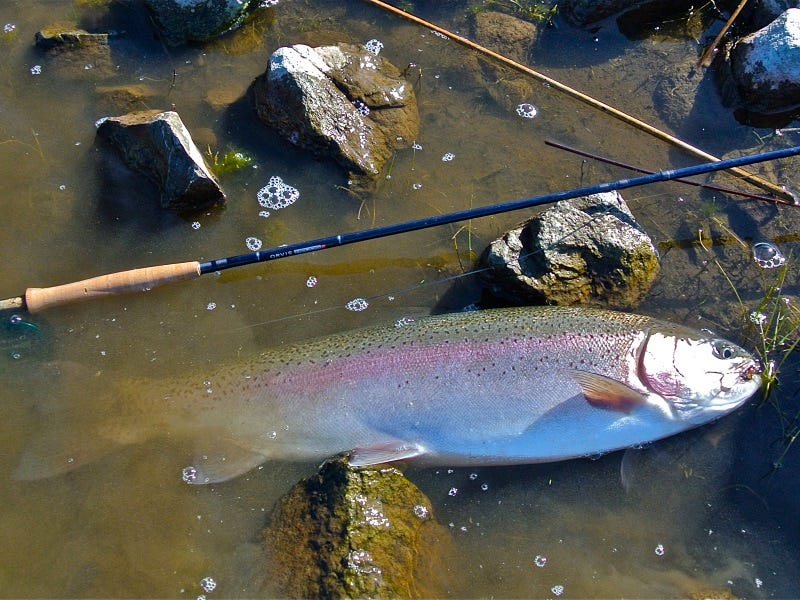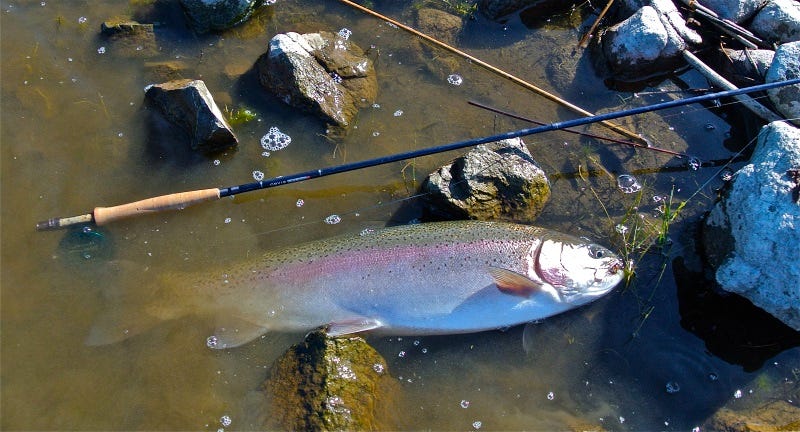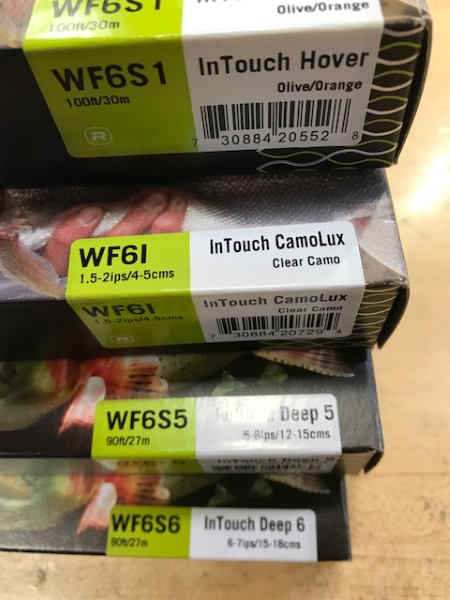The Countdown Method: Sink Rates And Stripping Streamers

By Luke Mckee

Subtlety and adaptability are two key factors in any successful fishing career.
Attention to detail is an excuse I use when bringing home a new rod, reel or line—or possibly all three—and my wife says, “Don’t you already have a 6-weight? And how many type 3 lines do you really need?”
We know the answers to those questions: “You can’t have enough 6-weights.” And “More type 3’s than I have right now.”
However, this blog isn’t about getting you to buy the latest and greatest new gadget… it’s about how to develop your subtlety with the gear and flies you already have so you can catch more fish. So, without further ado, let’s get into learning about the “countdown method” and how using it can help you next time you're on the water.
Sink Time and Where The Fish Hold
I’ve guided anglers for years, and you often encounter people so eager to catch fish they forget to slowdown and pay attention to the details. For people who can only think about catching and not about fishing, expending the effort to switch to the correct fly line can be something they don’t want to deal with—and that’s why they won’t catch many fish.
When the conditions call for subsurface fishing, it is especially important to make sure you have the right fly line rigged up.
I fish type 3 and type 6 lines because they allow me to easily gauge sink rates. A type 3 drops three inches per second. Counting four seconds means the line and fly have dropped a foot. A type 6 line drops six inches per second. Counting two seconds means the line and fly have dropped a foot.
So, using my fish finder, if I see fish at eight feet, in order to target those fish, I multiply eight by the “sink speed” of my line to gauge how long to wait once my line hits the water.
Example:
A type 3 line has a 4-count sink time and in order to get to eight feet in the water column, we would do a little math: 8(feet) x 4(seconds per foot) = 32 seconds total;
for a type 6 sinking line: 8 (feet) x 2(seconds per foot) = 16 seconds total to reach the fish holding at eight feet.

Sink Times And Knowing When To Strip
On the box and spool of every sinking line you’ll find a sink rate. You need to remember this number. To remember this, write it on your fly reel's spool. You must remember the speed at which the line on your spool sinks, or you will have a hard time fishing it to the correct depth.
To get the fly to the depth where the fish are holding, use the aforementioned stratagem. You can remember this with basic equation D=RT (Depth = Rate x Time).
Another subtlety that most over-eager fishers ignore is knowing when to start their strip. They are so eager to get to fishing that once the line touches the water they begin their strip retrieve without thinking about why they are fishing the sinking line in the first place.
Don’t strip until you get to the right depth, or the fish will never see your fly!
“Blind Fishing” Using The Countdown Method
You can use the countdown method when “blind fishing,” aka, fishing without a fish finder. Though my “Fish’n Buddy” has spoiled me, I’ve gone without it many times and, using the method described above, I've had good results.
This type of fly fishing is called “searching,” and this is what it looks like: After choosing a fly you’ll need to locate fish. Instead of blindly casting, waiting and stripping—start at the top of the water column and work down. Use the D=RT method to start searching the top of the water column.
I search in one-foot increments. Start at the top, cast, let it drop for a foot, swing, strip, repeat. Do the same thing for each foot in the water column.
Once you catch a fish, you need to remember where and at which depth you hooked it. Keeping a methodical approach, aka, starting at the top and working down in increments of one foot, will help make remembering where you hooked up easier.
Another bonus of the countdown method? Often this helps to “settle the boat” when I am fishing with my kids. Counting their sink rate keeps them engaged. I’ve done the same thing with conventional tackle as well. My oldest son loves fishing little swimbaits this way.
When either of us gets a fish on, we always ask, “How long did you let it marinate?” This helps with both skill and patience. If you still have questions, reach out to us below.
